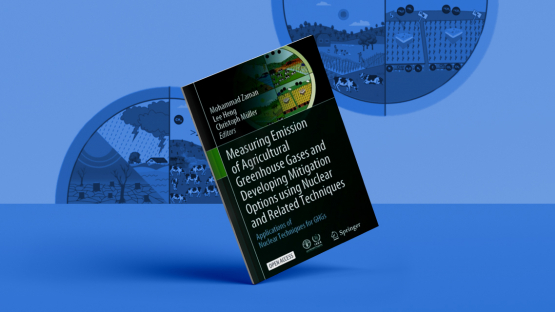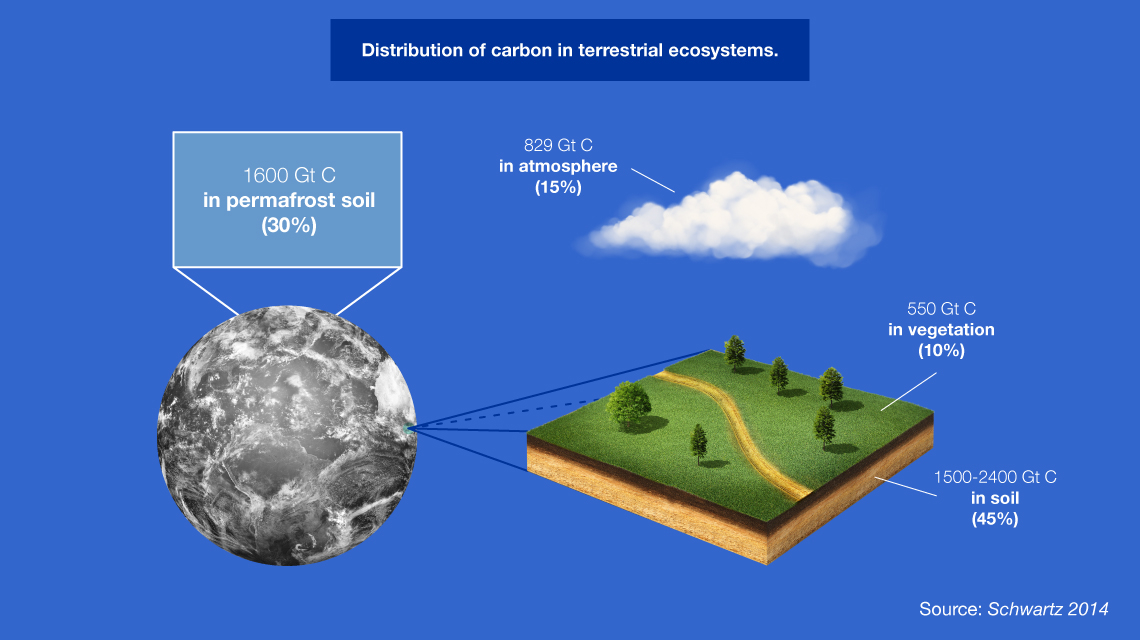Many of us know that agriculture is a big contributor to greenhouse gas (GHG) emissions. But did you know that a lot of these emissions are a result of fertilizer overuse, which can actually be tackled?
Growing of crops, raising of livestock and other forms of land use are responsible for 23% of human induced GHG emissions. Agriculture, therefore, is second only to energy generation in its role as a GHG emitter. With the help of nuclear techniques, scientists can measure the amount of fertilizer plants take up and provide farmers with the optimal amount to use. The implementation of this technology has led to emission reductions of over 50 per cent in studies where it had been carried out.
The process, along with other methods on the use of both isotopic and conventional techniques for the measurement of GHG emissions, is described in a new book on Measuring Emission of Agricultural Greenhouse Gases and Developing Mitigation Options Using Nuclear and Related Techniques. Published earlier this year, the book presents the outcomes of a Coordinated Research Project the IAEA has been running since 2014 in cooperation with the Food and Agriculture Organization of the United Nations (FAO) and the German Science Foundation research unit DASIM (Denitrification in Agricultural Soils: Integrated Control and Modelling at Various Scales).
It is the first time that a comprehensive book on these various methodologies has been published in a consolidated and concise manner, intended for scientists, technical experts and those working in the industry.
In its eight chapters, the book covers the topics of GHG emissions from agriculture and the relevant methodologies to measure them. These include non-isotopic and micrometeorological methods, laboratory and field techniques, as well as isotopic techniques to measure GHGs and also their sources. The book features ways of measuring methane produced by livestock and discusses climate-smart agriculture practices for GHG emission mitigation.
Greenhouse gas emissions from agriculture are varied and diverse due to the fact that many microbial processes are involved. Nuclear techniques can identify the sources and processes that trigger GHG emissions. “This is why precise measurements are imperative for a country to be able to report its emissions and then take actions to lower them,” said Mohammad Zaman, Soil Scientist and Plant Nutritionist at the Joint FAO/IAEA Centre of Nuclear Techniques in Food and Agriculture and first author of this book.






